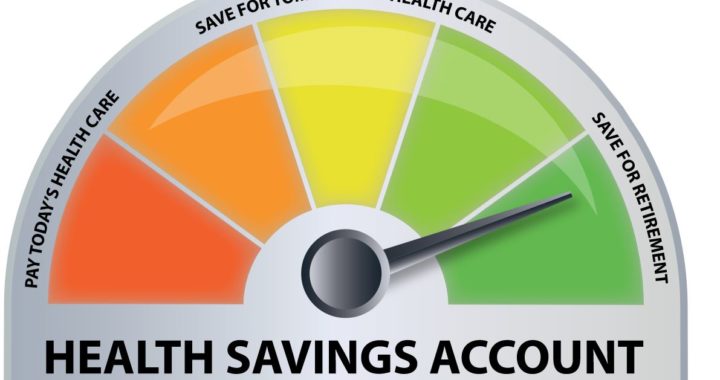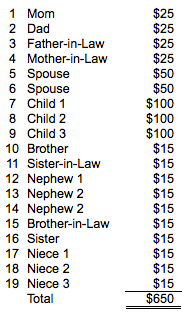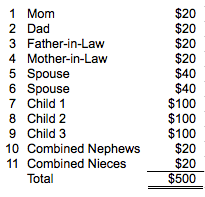A safe harbor 401k plan is a unique type of retirement plan with two significant differences from a traditional 401k plan. One, it requires mandatory employer contributions to employee accounts. Second, it gives an employer an ability to offer a 401k plan to employees without any required discrimination testing.
The Safe Harbor 401k plan permits eligible employees to defer a portion of their salary to their own retirement plan account. Employers then contribute to the participant’s account on behalf of eligible employees. And, these employer contributions come in the form of either matching or non-elective amounts.
Safe Harbor 401k Plan Eligibility
Most any type of small business is eligible to establish and maintain a safe harbor 401k plan. Sole proprietorships, LLC’s, partnerships, and corporations, including S corporations, are examples.
All eligible employees must be allowed to participate in the 401(k). An eligible employee is any one who:
- is a minimum of 21 years old,
- has performed one year of service and worked 1,000 hours in the year beginning with the date of hire.
- Union employees and non-resident aliens without United States income may be excluded from participation in the plan.
One important thing to remember is that an employer may not establish more restrictive requirements than those listed above. However, employers may set up less restrictive requirements for employee entrance into the safe harbor 401k plan.

Tax Advantages
Employer contributions are tax deductible for the employer — up to 25% of compensation of all eligible participants. Employee elective deferrals are excluded from the employee’s income for Federal Income Tax purposes. Tax-deferred growth potential is possible — any investment earnings grow tax-deferred until withdrawn.
Vesting
Vesting refers to the participant’s ownership rights in the value of his or her retirement account. Often, a traditional 401k plan required participants to wait a certain number of years before they can access the employer matching contributions.
However, a safe harbor 401k is unique in comparison to other types of 401k plans in that all employee and employer safe harbor contributions are fully vested immediately. There is no waiting period for employees to access the matching contributions made by employers.
Plan Deadline
Generally, the deadline to establish a new plan is anytime between January 1 and October 1 of the applicable year.
Contribution Flexibility
Under a safe-harbor plan, an employer can match each eligible employee’s contribution, dollar for dollar, up to 3% of the employee’s compensation, and 50 cents on the dollar for the employee’s contribution that exceeds 3 percent, but not over 5%, of the employee’s compensation.
Alternatively, employers may make a non-elective contribution equal to 3 percent of compensation to each eligible employee’s account. Non-elective contributions essentially means that contributions are made by employers to employee accounts regardless of employee contributions.
Plan Compliance Issues
Because of the vested matching contributions required of the employer, the safe harbor 401k does not call for broad discrimination testing. The safe harbor employer contributions stand in the place of discrimination testing.
Employee Benefits
- Attracting and retaining key employees is easier with a 401k plan.
- A 401k plan can help in providing retirement income for eligible employees.
- Elected Roth contributions are allowed in safe harbor 401k plans.
Early Withdrawal Penalty
A 10% penalty is typically applied to all early distributions on safe harbor 401k plans, as well as traditional 401k plans. Early distributions are distributions that occur before the age of 59½.







